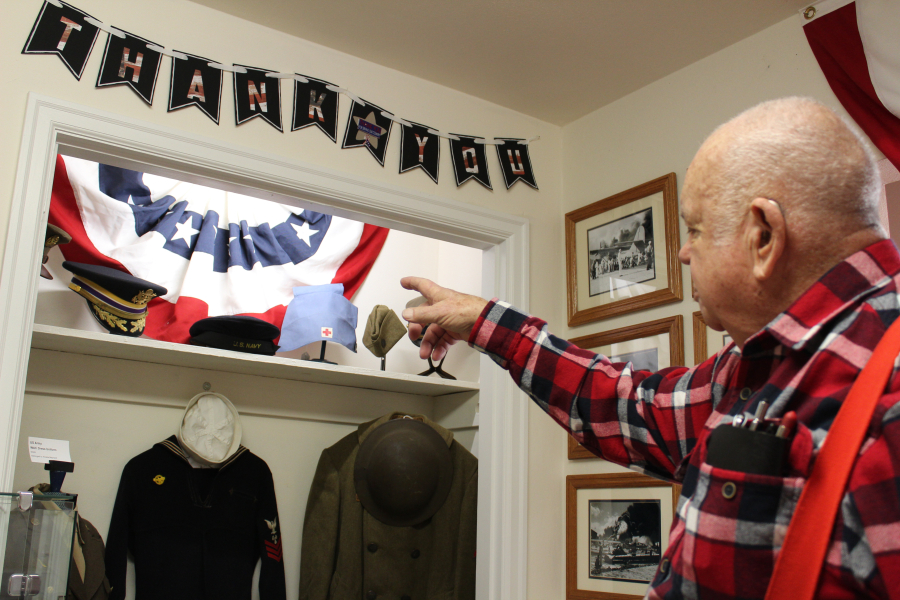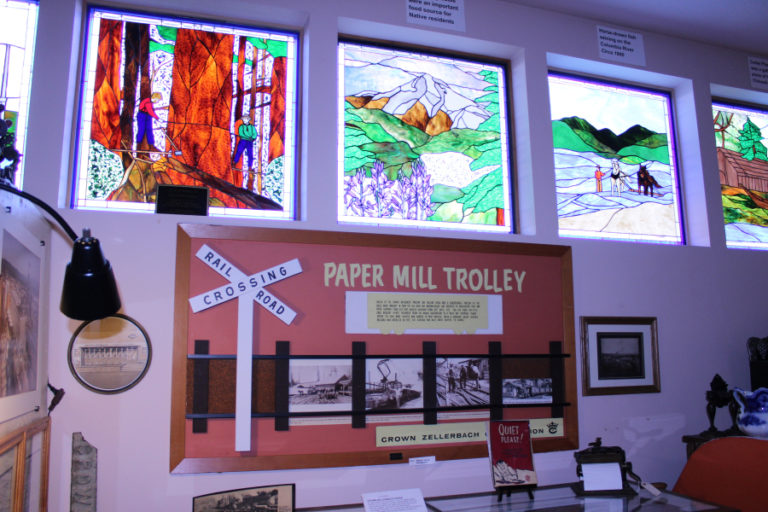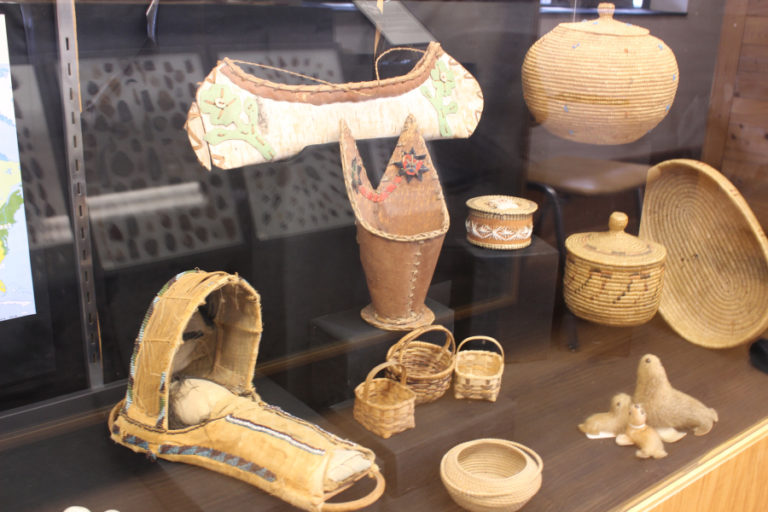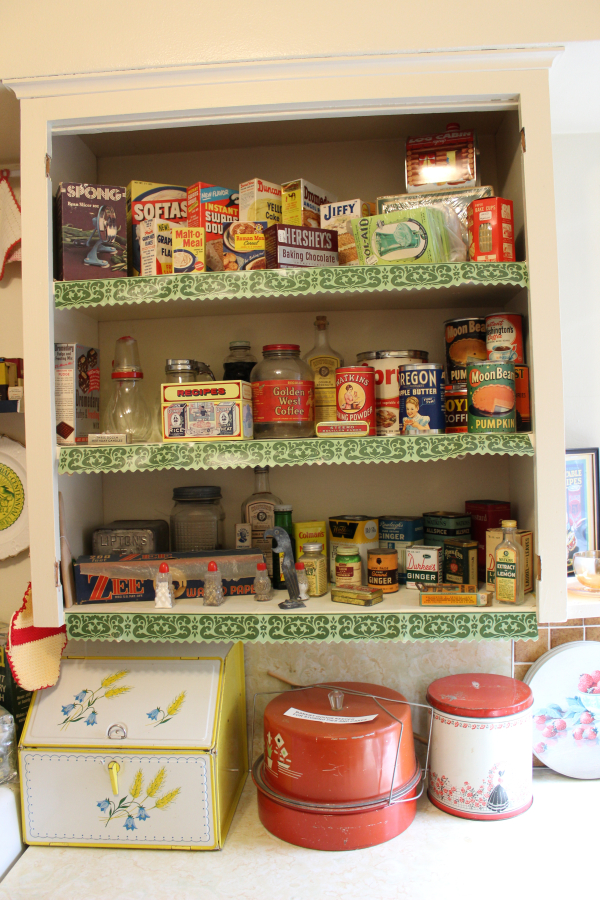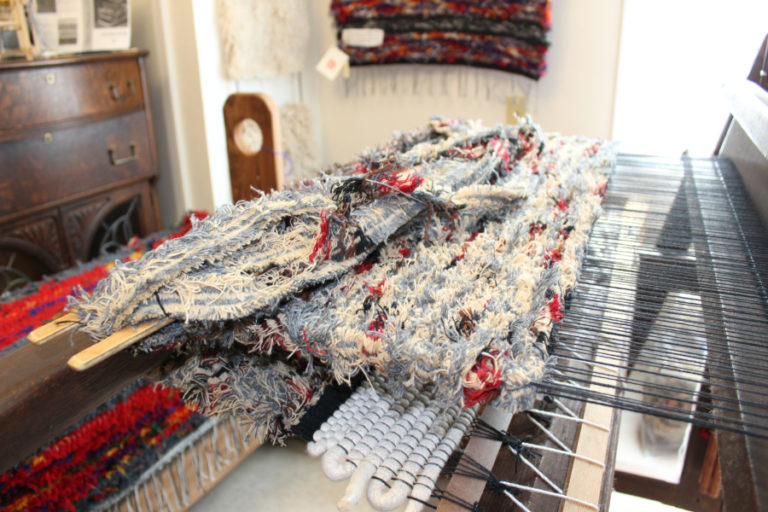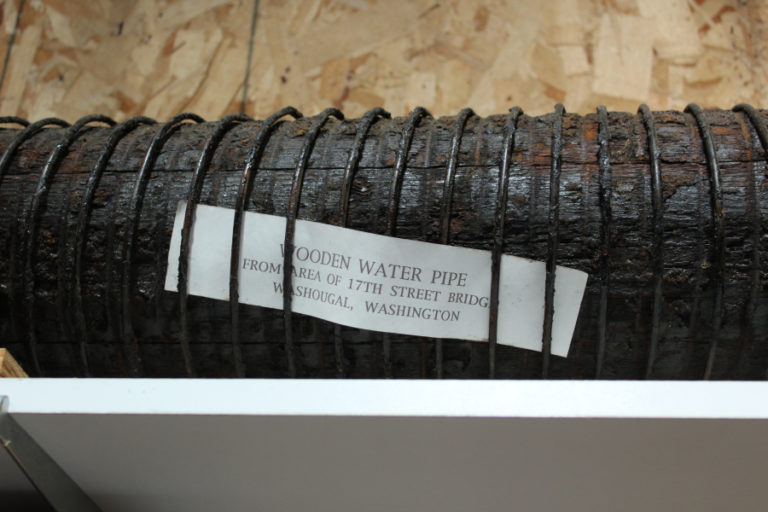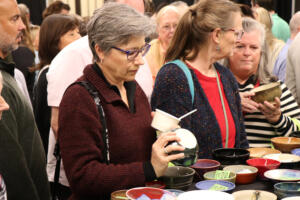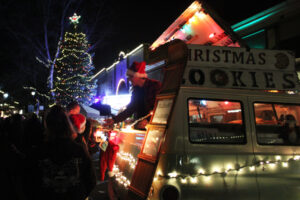If you believe, as Spanish philosopher and writer George Santayana once famously said, that “those who cannot remember the past are condemned to repeat it,” we have some good news for you: Learning the history of the Camas-Washougal area and its people, businesses and culture has never been easier.
The very first place you should start — especially if you’ve never visited before or if it’s been a while since your school field trip days — is the Two Rivers Heritage Museum in Washougal.
Run by a dedicated group of volunteers from the Camas-Washougal Historical Society (CWHS), the museum is a treasure chest of historical artifacts, photographs and stories.
“The museum is where history lives in Camas and Washougal,” CWHS President Jim Cobb recently said. “Our community has so much to be proud of in this museum.”
A week after the museum reopened for its March-through-October season, Cobb, along with CWHS Vice President Alma Jemtegaard Ladd and founding member Bernice Pluchos, led a tour through the museum’s web of rooms: each with its own story to tell.

